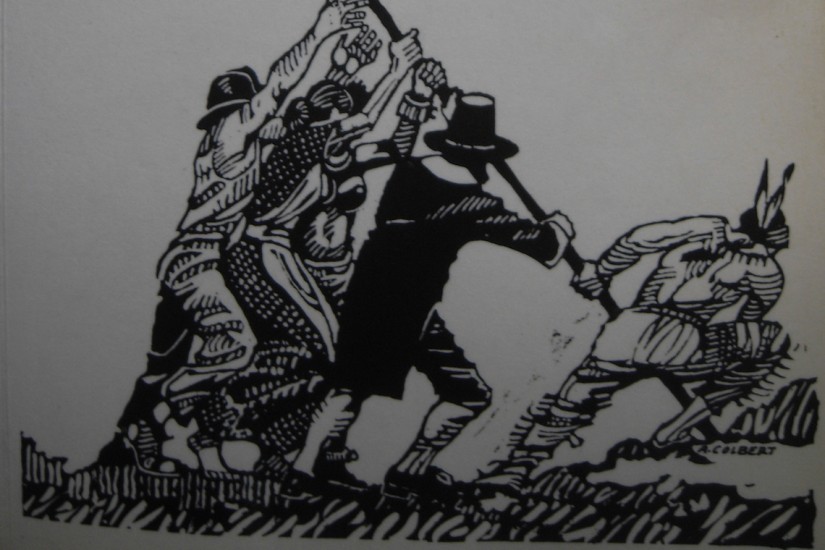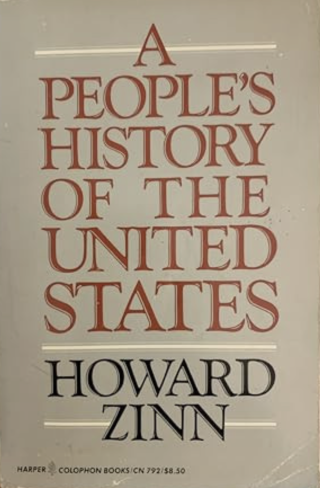His message has certainly been heard. A People’s History may well be the most popular work of history an American leftist has ever written. First published in 1980, it has gone through five editions and multiple printings, been assigned in thousands of college courses, sold more than a million copies, and made the author something of a celebrity-although one who appears to lack the egomaniacal trappings of the breed. Matt Damon, playing a working-class wunderkind in the 1997 movie Good Will Hunting, quoted from Zinn’s book to show up an arrogant Harvard boy (and impress a Harvard girl). Damon and his buddy Ben Affleck then signed with Fox to produce a ten-hour miniseries based on the book, before Rupert Murdoch’s minions backed out of the deal.
But Zinn’s big book is quite unworthy of such fame and influence. A People’s History is bad history, albeit gilded with virtuous intentions. Zinn reduces the past to a Manichean fable and makes no serious attempt to address the biggest question a leftist can ask about U.S. history: why have most Americans accepted the legitimacy of the capitalist republic in which they live?
His failure is grounded in a premise better suited to a conspiracy-monger’s Web site than to a work of scholarship. According to Zinn, “99 percent” of Americans share a “commonality” that is profoundly at odds with the interests of their rulers. And knowledge of that awesome fact is “exactly what the governments of the United States, and the wealthy elite allied to them-from the Founding Fathers to now-have tried their best to prevent.”
History for Zinn is thus a painful narrative about ordinary folks who keep struggling to achieve equality, democracy, and a tolerant society, yet somehow are always defeated by a tiny band of rulers whose wiles match their greed. He describes the American Revolution as a clever device to defeat “potential rebellions and create a consensus of popular support for the rule of a new, privileged leadership.” His Civil War was another elaborate confidence game. Soldiers who fought to preserve the Union got duped by “an aura of moral crusade” against slavery that “worked effectively to dim class resentments against the rich and powerful, and turn much of the anger against ‘the enemy.'”
Nothing of consequence, in his view, changed during the industrial era, notwithstanding the growth of cities, railroads, and mass communications. Zinn views the tens of millions of Europeans and Asians who crossed oceans at the turn of the past century as little more than a mass of surplus labor. He details their miserable jobs in factories and mines and their desperate, often violent strikes at the end of the nineteenth century-most of which failed. The doleful narrative makes one wonder why anyone but the wealthy came to the United States at all and, after working for a spell, why anyone wished to stay.

